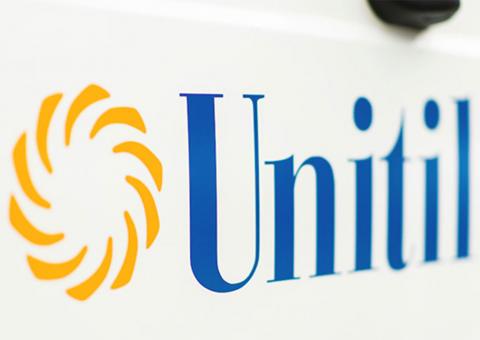Unitil and the American Red Cross in New Hampshire have partnered to provide important safety information to New Hampshire residents as they return to their homes following last weekend’s record-breaking snowstorm and power outages.
- First, make sure it is safe to return your neighborhood and home; follow advice of local authorities. Plan for delays in traveling due to downed power lines or storm debris. Have a map to help you re-route in case there is heavy traffic or impassable roads. Take with you an emergency kit of supplies in case utilities are still out, including flashlights, batteries, bottled water, a crank or battery-powered radio, and non-perishable foods. If possible, leave children and pets with a relative or friend until you are sure your home is safe. If you need to take them with you, keep them away from hazards, especially downed power lines.
- Before entering your home, look around the outside for fallen trees, damaged power lines, gas lines, or other exterior damage. Treat any downed wires or power lines as live lines; do not touch them! Immediately contact your utility company to report any downed lines. If you smell natural gas or propane, or hear a hissing noise, leave the area immediately and contact your fire department.
- Throw away food that has been exposed to temperatures above 40 F for two hours or more, or that has an unusual odor, color or texture. Never taste food to determine its safety. When in doubt, throw it out. If food in the freezer is colder than 40 F and has ice crystals on it, you can refreeze it.
- The primary hazards to avoid when using alternate sources for electricity, heating or cooking are carbon monoxide poisoning, electric shock and fire. If you need to use a portable generator, connect the equipment you want to power directly to the outlets on the generator. Do not connect a portable generator to a home's electrical system.
- Carbon monoxide kills. Never use a generator, grill, camp stove or other gasoline, propane, natural gas or charcoal-burning devices inside a home, garage, basement, crawlspace or any partially enclosed area. Locate unit away from doors, windows and vents that could allow carbon monoxide to come indoors.
- Install carbon monoxide alarms in central locations on every level of your home and outside sleeping areas. It the carbon monoxide alarm sounds, move quickly to a fresh air location outdoors or by an open window or door. Call for help and remain at the fresh air location until emergency personnel arrive to assist you.
- Finally, if you return home and find your neighborhood has power but your specific home is still out, there may be a service issue with the line going directly to your home. Call your utility’s customer service center immediately and a crew will come out to check. It is possible you will need to hire a private electrician for repairs before you can be restored to the grid.
- This is a good time to review your household’s emergency preparedness plan. What supplies or emergency kits do you need to have on hand in the event of a future winter storm or power outage? What plans would help you and your family to respond safety and effectively in the event of another disaster? For more information on disaster preparedness, visit the American Red Cross at www.redcross.org.


